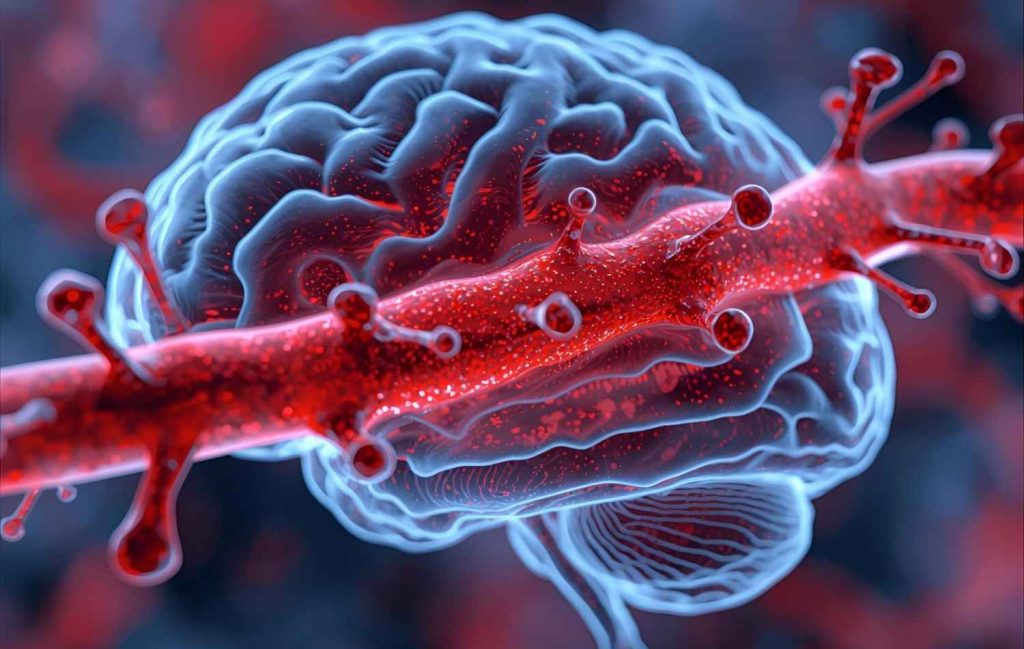
The blood-brain barrier (BBB) is one of the most selective barriers in the human body, and understanding its mechanisms is crucial for developing effective therapies for the central nervous system. In recent years, the transition from two-dimensional to three-dimensional models has revolutionized blood-brain barrier research and drug screening. This article examines the fundamental differences between various modeling approaches and their implications for drug development and neurological research.
How Do 2D Models Limit Research Progress?
Traditional two-dimensional blood-brain barrier models, primarily built on Transwell systems, suffer from fundamental limitations. 2D models fail to reflect the natural three-dimensional structure of the blood-brain barrier, where brain endothelial cells interact complexly with astrocytes and pericytes in three-dimensional space.
Key limitations of 2D models include:
- Inability to replicate natural blood flow mechanisms
- Limitations in forming natural tight junctions
- Lack of complex spatial cellular communication
- Difficulty measuring dynamic responses to injury or disease
Meanwhile, biotechnology companies like Da-Ta Biotech, which specializes in cell-based testing for the biotechnology industry, provide more advanced solutions including 3D models that better reflect physiological conditions in the body.
Why Do 3D Models Provide More Accurate Results?
Three-dimensional blood-brain barrier models offer additional layers of complexity that enable more accurate mimicking of physiological structure. In these models, brain endothelial cells, astrocytes, and pericytes organize in a three-dimensional structure resembling the natural brain barrier.
Notable advantages of 3D models:
- Creation of microvascular networks that simulate natural blood flow
- Better development of tight junctions and intercellular junctions
- Ability to examine complex communication between different cell types
- More accurate measurement of barrier permeability and drug effects
Da-Ta Biotech, with its internal repository of over two dozen human and rodent cell lines, can provide researchers with customized solutions for this advanced research.
How Do Organoid and Chip Models Change the Game?
Recent development of organoid-based and organ-on-chip models represents a quantum leap in blood-brain barrier modeling. Chip-based models enable integration of fluid flow, mechanical forces, and intercellular communication in ways that mimic physiological conditions in the brain.
Unique characteristics of advanced models:
- Integration of fluid flow mimicking blood circulation
- Ability to apply mechanical pressure on the barrier
- Real-time monitoring of barrier permeability changes
- Testing responses to stress conditions such as oxygen deprivation or inflammation
What Are the Impacts on Drug Development and Clinical Research?
The transition to advanced 3D models dramatically affects drug development efficiency. Research shows that these models provide more accurate predictions of drug penetration through the blood-brain barrier in living organisms.
Key impacts on clinical research:
- Reduced drug development time
- Improved accuracy in predicting drug efficacy in the brain
- Significant cost savings in research and development
- Reduced need for animal testing
For companies seeking to develop therapies for neurological diseases, Da-Ta Biotech provides a variety of disease models and enables researchers to test samples using existing protocols or request customized protocol adaptation, saving costs of establishing and operating an independent laboratory.
What Are the Disadvantages and Challenges of Each Method?
Despite the clear advantages of 3D models, there are challenges to consider. Three-dimensional models require higher technological investment and specialized operational expertise. The greater complexity may make standardization and result reproducibility between laboratories more difficult.
2D Model Challenges:
- Lack of complete physiological representation
- Limitations in predicting drug responses
- Difficulty measuring dynamic effects
- Significant gap between in vitro and clinical results
3D Model Challenges:
- High cost of establishment and maintenance
- Need for advanced technical expertise
- Standardization challenges
- Longer protocol development time
How to Choose the Right Model for Your Research?
Choosing between different models depends on research objectives, available budget, and team technical expertise. For preliminary screening studies, 2D models can still provide important information with high cost-efficiency. However, for advanced drug development and translational research, 3D models are becoming essential.
Considerations for transitioning to 3D models:
- Project budget and available research resources
- Level of accuracy required for clinical prediction
- Type of drugs or materials being tested
- Regulatory requirements of local authorities
Da-Ta Biotech provides an advanced solution to these challenges through its diverse services, enabling access to advanced models without the need for independent investment in a complete laboratory.
How Is Technology Developing for the Future?
The future of blood-brain barrier models is directed toward integrating additional advanced technologies. Recent research indicates development of hybrid models combining advantages of different approaches.
New trends include:
- Integration of artificial intelligence for result analysis
- Development of disease-specific models
- Implementation of advanced sensors for real-time monitoring
- Creation of personalized patient models
What Are the Recommendations for Companies and Researchers?
The transition to advanced 3D models is not just a scientific trend – it's a necessity for innovation in neurological research. Companies seeking to remain competitive in central nervous system drug development need to begin implementing these models today.
Practical recommendations:
- Start with pilot projects using 3D models
- Invest in training research teams for advanced models
- Collaborate with specialized companies like Da-Ta Biotech
- Develop partnerships with leading academic institutions
The transition to 3D blood-brain barrier models is not just a technological improvement – it's a key to deeper understanding of the human brain and developing more effective treatments for neurological diseases.
Do 3D Models Really Save Money in the Long Term?
Despite the higher initial investment, 3D models of blood brain barrier models can save enormous costs in the long term. The main savings come from dramatic reduction in failures in advanced stages of drug development, where costs accumulate to millions of dollars.
Financial savings are expressed in:
- Up to 40% reduction in drug development costs
- 2-3 years average reduction in development time
- Improved success rates in clinical trials
- Reduced need for expensive animal testing
Research shows that investing in advanced models in early stages of drug development leads to positive ROI within 3-5 years. Companies like Da-Ta Biotech provide a logical solution to this dilemma – instead of establishing an independent laboratory, companies can leverage existing expertise and technology and focus on what they do best.
